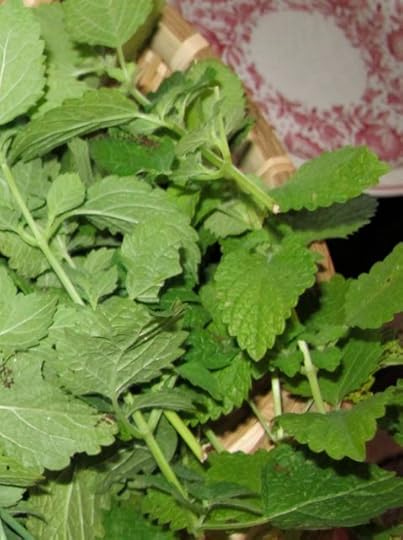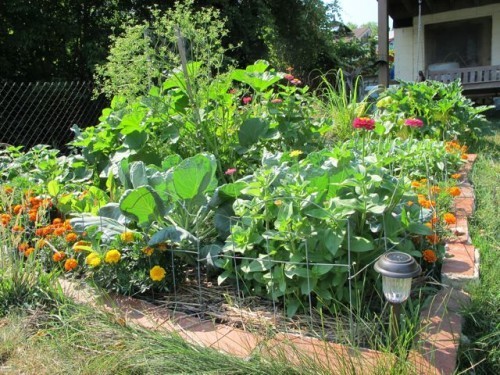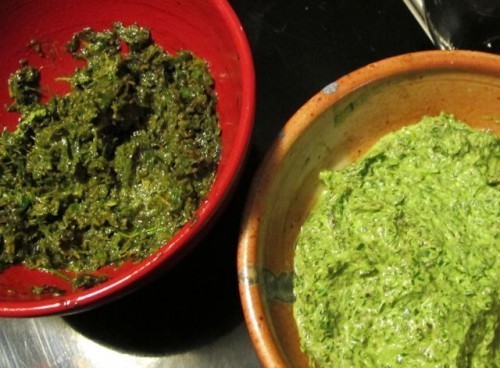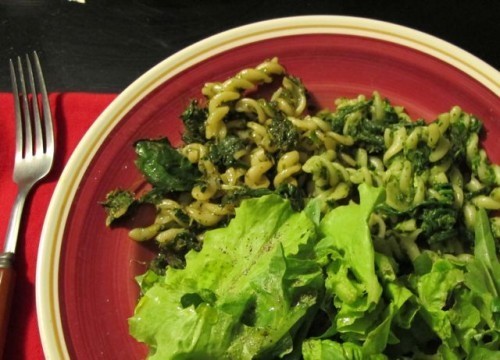Lemon Balm: Use It Up

My home is perched on a steep hill in Pittsburgh’s South Side neighborhood known as the Slopes. My back yard slopes upward away from the back of my house. It’s long and narrow and each summer for the past 10 years I have dug up a bit more lawn. It’s now a series of gardens that my household eats from June to November.
Sometimes it’s overwhelming to take care of all the plants. Sometimes it’s easy. I’m protective of them–the plants–and can get very angry at deer and groundhogs who try to come and eat them up. I was comparing the plants to children the other night until my friend Bob reminded me that I also eat them, eventually, too. So that metaphor doesn’t really extend in a healthy way.

Nevertheless, I grow a variety of vegetables and berries in my gardens, and over the years have put in a wide range of perennial and annual herbs. I grew the herbs initially because they were easy and they smelled good, the deer and groundhogs stayed away from them, and the blooms were pretty. I knew they often attracted good bugs to my plants and helped other plants grow better. I started using some of them in teas (lemon balm, lavender) and ices (rosemary, lavender) and pestos (basil, oregano, parsley). But still, I had a lot of herbs out there taking up a lot of space, and I really didn’t have a plan for them.
Then this Summer I decided to teach the book Wild Flavors by Didi Emmons in my Food Writing class at Chatham University. I came upon this book after hearing an interview with Emmons on PRI’s Living on Earth. The book’s focus intrigued me. Emmons, a Boston chef, decided to live with forager and eccentric Eva Sommaripa for a year. In this year, she learned to live off of the land around her, learned about bartering and community, and not wasting. Emmons’ book may be a bit too much for some of my students who aren’t even used to cooking, let alone thinking about foraging and eating weeds and using every part of a vegetable. But, for me, reading it has been life changing.
Take lemon balm, for instance. Once it’s in your garden it’s pretty enthusiastically there. You don’t tend to just have a little bit of lemon balm, but instead a big heaping mess of it. It comes back every year, and it smells beautifully citrusy and bright. So, while I’m gardening I like to pick a few leaves and run them through my fingers. In the past I’ve put some in hot water for tea but that’s about it.

But in Emmons book there are several recipes using lemon balm as a main ingredient. I tried two. Lemon Balm Compote and Lemon Balm Borani. (Click on each for a link to the recipe.) These recipes–although they make small quantities–call for quite a bit of balm. Harvesting it I felt like my herb had a real purpose. And then the wonderful result–the borani’s lemony smoothness that worked wonderfully in place of a basil pesto with pasta and also on crackers and on bread–on a grilled cheese sandwich…anything really. It would go well on anything.

The compote is bit more intense. It’s thick and leafy–spreadable, but in an awkward way. It is more of a special treat kind of spread. Something to layer onto a piece of grilled fish or tofu. (Although I also used it on pasta, like pesto, to great success.) The great thing about the compote is that it’s freezable! I’m already looking forward to thawing out some lemony freshness in the dead of winter.
Sherrie Flick's Blog
- Sherrie Flick's profile
- 38 followers



